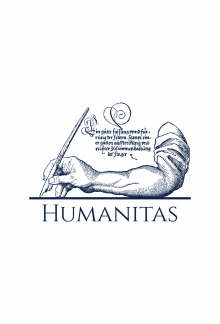- Titulinis
- Dalykinė ir mokslinė literatūra
- Technologijos mokslai
- Kitos technologijų mokslų knygos
- Clinical Biomechanics in Human Locomotion

Nachiappan Chockalingam
Clinical Biomechanics in Human Locomotion
Balsavo 0
ISBN: 9780323852128
Autorius : Nachiappan Chockalingam
Leidimo metai: 2023
Leidėjas: Academic Press
Leidinio kalba: Anglų
Formatas: Minkšti viršeliai
Formatas: 10.875×8.5
Autorius : Nachiappan Chockalingam
Leidimo metai: 2023
Leidėjas: Academic Press
Leidinio kalba: Anglų
Formatas: Minkšti viršeliai
Formatas: 10.875×8.5
Kaina:
Šių parametrų produkto neturime
Likutis pakankamas
Iš leidyklos gausime per 3-5 savaitės. Galimas vėlavimas
Turime sandėlyje. Pristatymas Lietuvoje 1-4 d.d.
Iš leidyklos gausime per 3-5 savaitės. Galimas vėlavimas
Pristatymo sąlygos
Aprašymas
<p><i>Origins and Principles of Clinical Biomechanics in Human Locomotion</i> discusses key concepts of how biomechanics links to the development of pathology through mechanical laws, anatomy, physiology and health. It provides fundamental principles and practical data, and guidance of how to apply these in the clinical biomechanics field. Coverage includes: major joint movement, muscle action around joints, physiology and patho-physiology of bone, muscle and neurologic disorders. This reference is ideal for teaching students in biomechanics, orthopedics and physiotherapy. It should also be of interest to product development engineers, rehabilitation engineers, those working in prosthetics and orthotics, physiotherapists and occupational therapists.</p> <p>The authors explore the simple laws of motion as applied to anatomy and physiology, in order to help readers understand human pathology within the human lower limb and mobility. They then go on to look at materials science concerns within this field, such as engineering stresses and strains, principles and types of material properties and the shaping of structural properties. Readers will also find within this book information on tissue science, force generation, biological sciences, evolution in biomechanics, human gait, functional units of the lower limb and foot, and finally pathomechanical principles; all as applied to clinical biomechanics.</p>
Atsiliepimai (0)
Palikite atsiliepimą
